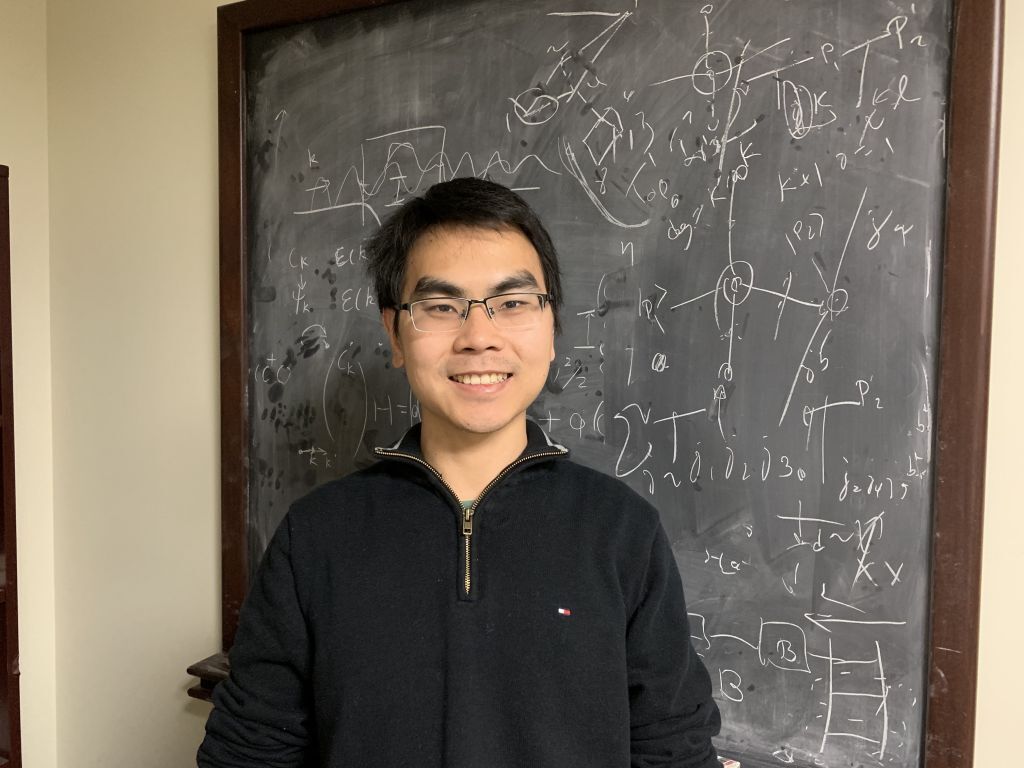In recent decades, the rapid development of quantum technologies has led to a new era of programmable platforms, enabling the realizations of quantum simulation and quantum computation. This dissertation is motivated by recent experimental progress on controlling individual quantum degrees of freedom in systems such as trapped ions and Rydberg atom arrays. By tailoring the interactions in these quantum systems, we study analog quantum simulations of various physical phenomena, including non-equilibrium quantum dynamics and nontrivial topological physics. In the first part of the dissertation, we study slow quantum many-body dynamics in trapped-ion systems and Rydberg atom arrays. We first show that either the long-range interactions or an additional symmetry-breaking field can give rise to a confining potential. Such a potential can couple domain wall quasiparticles into mesonic or baryonic bound states. These confined quasiparticles strongly suppress the quantum information dynamics and lead to slow thermalization. In the limit of strict domain-wall confinement, the full Hilbert space is fragmented into exponentially many disconnected subspaces. Further, we demonstrate that thermalization can be halted by quantum engineering a uniformly increasing field in the trapped-ion quantum simulator. The second part of the dissertation focuses on topologically relevant phenomena in quantum simulators. We first study the effect of experimentally relevant disorder in 2D Rydberg atom arrays. We find that there are three distinct localization regimes due to the presence of nontrivial topological bands. We further study the non-equilibrium dynamics of Abelian anyons in a one-dimensional system. We show that the interplay of anyonic statistics and interactions can give rise to spatially asymmetric quantum dynamics. Finally, we use Nielsen's geometric approach to quantify the circuit complexity in topological models. We find that circuit complexity of ground states and circuit complexity of non-equilibrium steady states both exhibit nonanalytical behavior at topological transition points.
